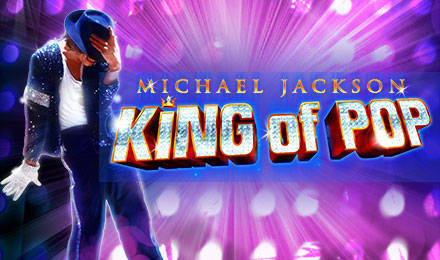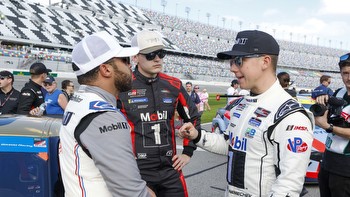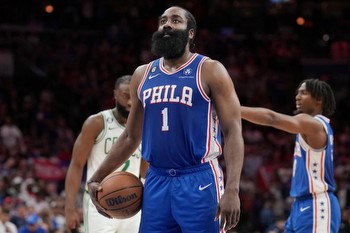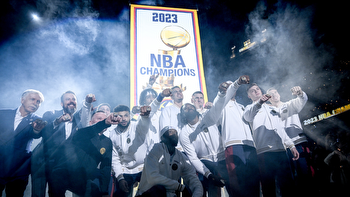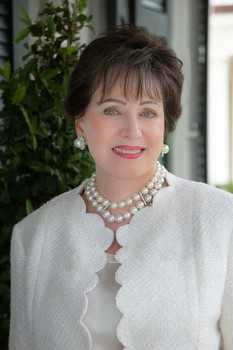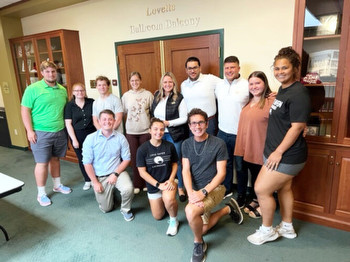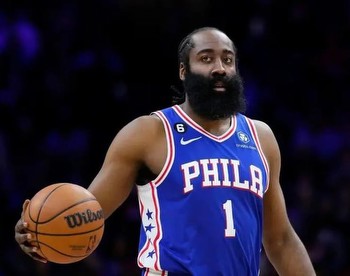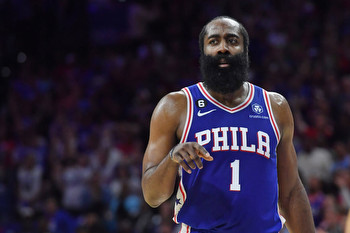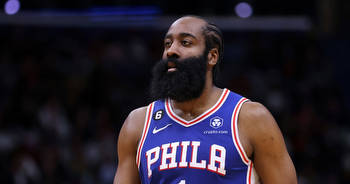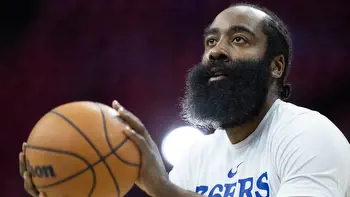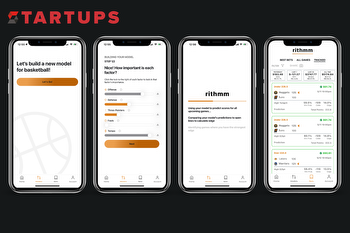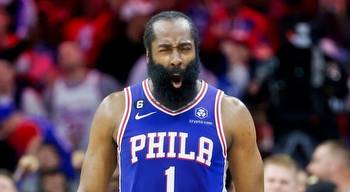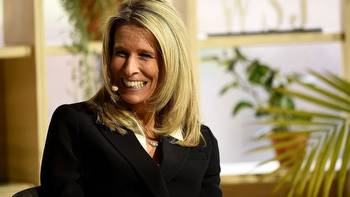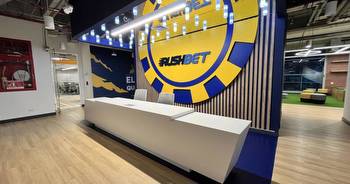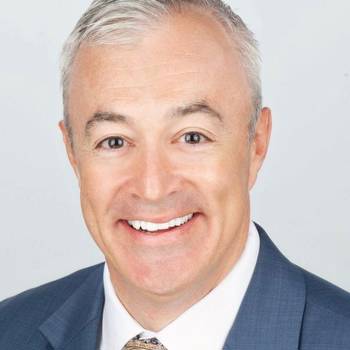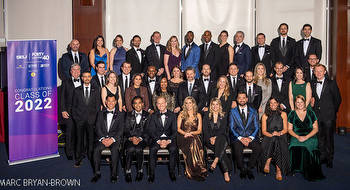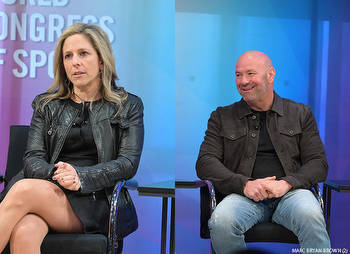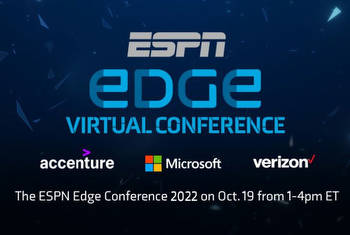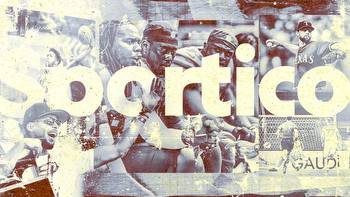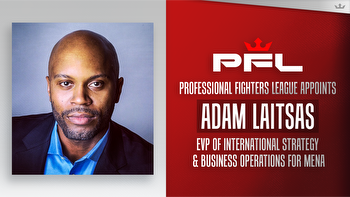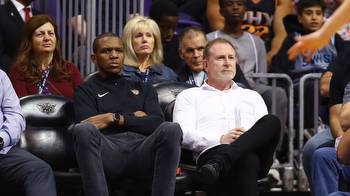Sixers president Daryl Morey’s MIT Sloan conference created a talent pipeline in sports analytics
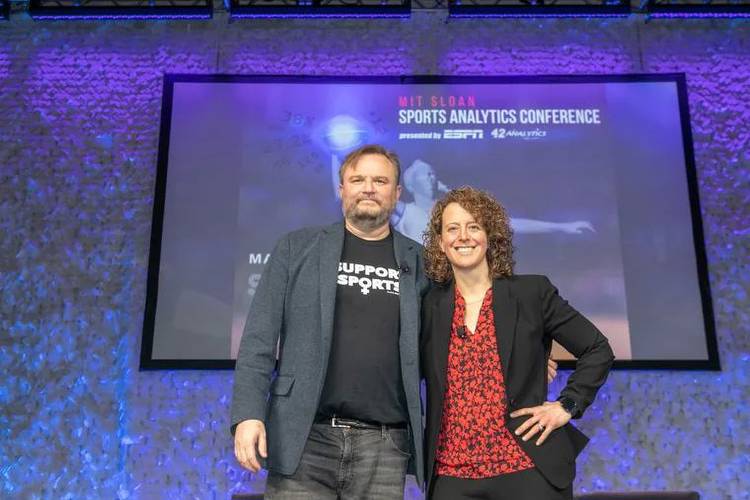
Jessica Gelman unexpectedly became overcome with emotion as she stood onstage at last year’s MIT Sloan Sports Analytics conference, while looking out into a crowd made up of 50 students and young professionals who had been paired with a mentor.
She spotted Allison Katz-Mayfield, who was running business strategy and analytics for LA28, the organization responsible for delivering the 2028 Olympics in Los Angeles. And Doug Hwang, who at the time was working on a secret sports video project with Amazon. And Zee Siddiqi, the head of NBA and MLB business and operations at Eventellect, which manages single-game ticket inventory for more than 50 professional and college teams.
Those professionals were all former MIT MBA students who had helped plan and execute previous Sloan conferences, and were now in position to give back.
“I’m not a crier,” Gelman recently told The Inquirer, “but it was such a moment of, ‘Wow, here are these people that I’ve touched and known over the past 20 years, and now they’re going to this [session] for the next generation.’ … One of those ‘This is my life moment’ kind of a thing.”
That captures the longevity and connections built at the Sloan conference, the self-proclaimed sports data “nerd” gathering created nearly two decades ago by Gelman, the CEO of Kraft Analytics Group, and 76ers president of basketball operations Daryl Morey. The two-day event, this year held Friday and Saturday at Boston’s Hynes Convention Center, generates discussions and idea-sharing about numbers and strategy for teams and leagues across all sports. In the process, it has created a pipeline of talent that permeates many areas of the industry.
“Jessica and I just feel like stewards of the whole thing,” Morey told The Inquirer. “These people would definitely have been successful without the conference. But, maybe we were a catalyst to [getting them to] something quicker or something more appropriate.”
The Sloan conference has exploded from an MIT sports analytics course co-taught by Morey and Gelman in 2004, into a massive event with roughly 2,500 attendees and star-studded past guests such as president Barack Obama, author and journalist Malcolm Gladwell and NBA commissioner Adam Silver. Its ascension in this space coincides with, in Gelman’s words, “the sophistication and professionalization of sports” where “analytics and data [have become] more critical in decision-making” on the roster-building, coaching and business sides.
The conference is run by about 50 MIT Sloan students and 50 volunteers, with guidance from Gelman and Morey. Five sessions could be running simultaneously, while hallways are lined with vendors promoting their technology and innovation products. The weekend also includes competitions for research papers (previously won twice by Second Spectrum, the official advanced stat tracker of the NBA, MLS and English Premier League) and start-ups (previously won by Noah Basketball, a real-time, digital shot-form perfecter used by the Sixers and other NBA teams).
Over the years, Morey said they have used feedback to “course-correct” from panels some felt were “just famous people onstage” to more practical sessions. Some topics, such as performing under pressure or the rise of sports betting, are more universal. Others focus to specific sports and teams, such as this year’s “Beyond the Beam: Inside the Sacramento Kings Fan Engagement Strategy”; “Golden State Warriors Global Fan Engagement & Growth Strategy” and “Leveling up: How basketball teams deploy analytics to help develop players.”
“The really unique thing about this conference is I’m pretty sure it’s the only one that brings the sport and the business sides together,” said Columbus Crew president of business operations Kristin Bernhert, a longtime friend of Gelman’s who was an early attendee and panelist at the conference. “Organizations across the board struggle with that dynamic. The best organizations, there’s clear alignment, right? …
“The empathy and also the kind of innovation that can result when those parties can come together can be powerful.”
There is now a prominent list of former students who have utilized the conference to launch their careers, or past attendees who have made vital connections during that weekend. That includes Evan Wasch, the NBA’s executive vice president of basketball strategy and analytics whose contributions include revamping the draft lottery and implementing the play-in tournament. Or Sam Ebb, the Flyers’ vice president of business strategy and analytics.
Kristen Mackie, the NFL’s director of strategy and analytics, said she owes “basically my entire post-MBA career” to her experience co-leading the conference in 2013-14. That helped her transition from a finance career to a strategy management path, first at Disney and then at the NFL since 2017. And within her first couple months at the league, a meeting with executives revealed they used the Sloan conference to recruit job candidates.
“I was like, ‘Wow, I just got here and I can kind of see the impact the conference has had with my own eyes,’” Mackie told The Inquirer.
Such influence, however, comes with public scrutiny. Last year, a Washington Post story examined claims that registration costs ($825 for “early bird” and $1,125 for standard professionals) made the conference inaccessible to some, along with concerns about the load put on students and diversity.
To address these matters, early student ticket pricing was reduced to $100. The mentorship program (which includes complimentary registration) was increased from 50 participants to 75, with a focus on women and Black leaders. The main panel room is live-streamed, and other sessions are housed on the conference’s YouTube channel. Last year’s panelists, according to Gelman, were 37% women and 47% people from a minority group, which skews higher than the makeup of professionals working in many areas of sports.
Last year’s conference also debuted the Multiplier Summit, an additional day of lectures, workshops and networking in partnership with Women in Sports and Entertainment. It is designed “to help level the playing field through comfort with analytics” for senior women in sports, Gelman said.
“We’ve always had a very heavy focus on ensuring good representation and finding the next leaders,” Gelman said, “and, by the way, helping to create the next leaders through getting involved in the conference.”
As the Sloan conference has grown in size and scope, Morey said the hallways remain “alive” with more personal conversations. Mackie added she makes a point to take coffee meetings with students or early-career professionals who reach out for advice. This year, camaraderie (or friendly competition) can be fostered on the pickleball court, a sport Morey picked up while inside the NBA’s 2020 restart bubble and which has skyrocketed in popularity recreationally and professionally in recent years.
Those connections formed at Sloan are often revived while crossing paths on the job. Morey ran into former conference lead Greg Kim, who now helms the esports strategy and business operations for Madison Square Garden Sports’ Counter Logic Gaming, at a Sixers-Knicks game earlier this season. Gelman recently attended the Sports Business Journal 40 under 40 Awards, where Katz-Mayfield and Wasch were both honored.
Someday, Gelman hopes one of those former students is the commissioner of a major sports league. Perhaps that person will be at this weekend’s conference.
“I’m really proud of what we’ve created,” Gelman said. “It’s become one of the legacies of sports analytics. We hope to continue to drive innovation and change in the space — that’s it.”
